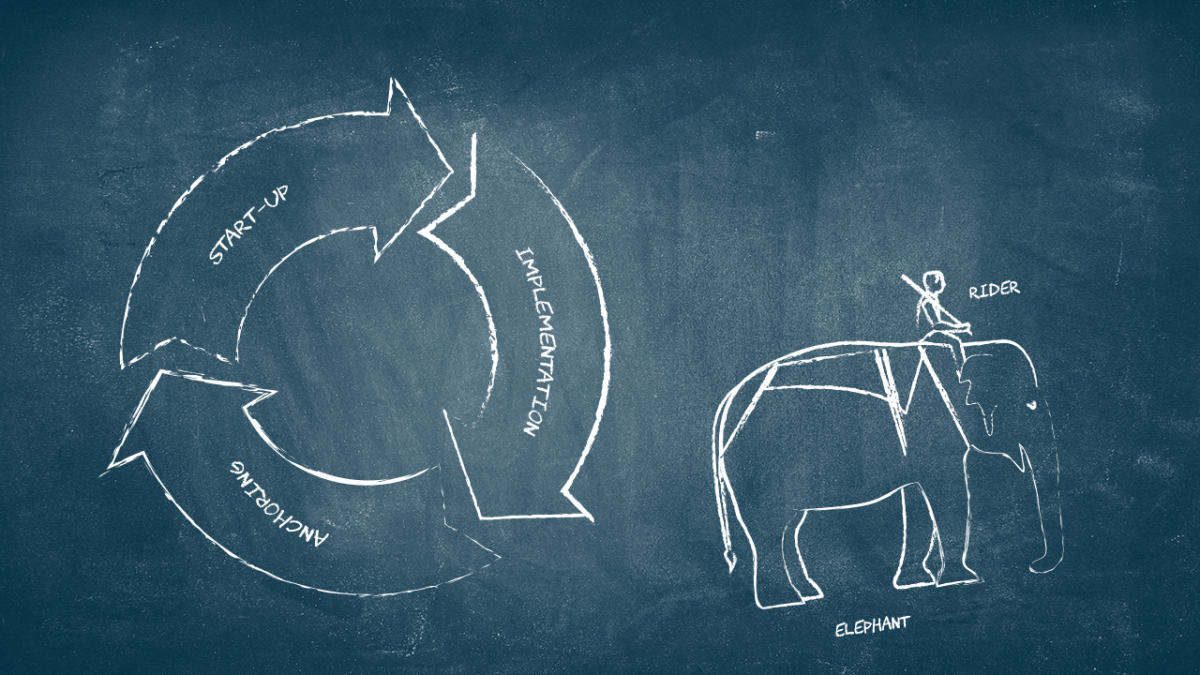How do you test a new strategy before it has been rolled out? How do you challenge your internal assumptions and look beyond your blind spots? Games can be an efficient tool in strategy development.
It is impossible to predict the future. Nevertheless it is what you do when you develop strategies aiming to foresee how a market and an organisation will evolve in the future. You analyse the market dynamics and the trends in a nuanced way trying to find the best way for your company in the years to come.
A tool to simulate the future and develop strategies is games. By playing a game and a simulation you can lay out rules and predictions on how the world will evolve and try out how your company will react to different oppurtunities and threats.
That is at least what they have experienced at Stallergenes Greer, a french pharmaceutical. The industry leader within treatment of allergies have had positive experiences with internal war room sessions trying to predict and simulate the future.
“In the war room sessions we play through possible scenarios and pressure test strategic options, while focusing on reactions and countermoves from other actors in the market. Changing perspectives and observing a market development or a new technology from the viewpoint of a customer or a competitor brings valuable insights”, Poul Sørensen, Senior Vice President, Global Head of Strategy and PMO, Stallergenes Greer, explains.
It is important that we do not believe that games can predict the future. Games do, however, make exploring different outcomes and identifying the trends, tipping points, and conversations that are important for the organisation to work with, possible.
REDUCING COMPLEXITY
One of the biggest challenges in strategy development is the high level of complexity.
Exponentially accelerating technological development, intensified competition, global crisis, and new customer trends often lead to ‘analysis paralysis’ – we are paralysed by the amount of information and idle analyses.
The reason is, simply, that it is extremely difficult to predict very much about the future.
When predicting basic macro economic developments one year ahead is so difficult, companies attempting to develop successful strategies for the next 3, 5, or 10 years are bordering on pure guesswork.
Games offer a unique possibility to address the challenge of high complexity and uncertainty. Games make it possible to simplify, categorise, and structure the many factors, thereby creating clarity and providing strategic outlook. They function as a map where the scaling helps eliminate noise and call attention to the essential factors. The challenge, then, lies in choosing which factors are essential.
UNDERSTANDING TRENDS
Games can help identify, understand, and prioritise relevant trends and their impact on a strategy - from new technologies to changes in consumer behaviour or market dynamics.
This is how the telecommunications company TDC has used internal ‘war games’ in their analysis on comprehending the development of the telecommunications market.
TESTING DIFFERENT SCENARIOS
Games can help identify and test different scenarios and ‘what ifs’.
The military utilises this form to qualify strategic choices. Admiral Yamamoto, for example, used a war game to play through the Japanese navy’s surprise attack on Pearl Harbour in 1941. The positive outcome of the war game played a significant part in Yamamoto’s efforts of convincing the Japanese general staff that the bold surprise attack would be a success.
CHANGE OF PERSPECTIVE
Last but in no way least, games offer an opportunity to work with changing perspectives.
The top management of the pharmaceutical company Novo Nordisk used a strategy simulation in 2013 to work with the global development of diabetes in the upcoming five years. During the session, the managers had the opportunity to pressure test Novo Nordisk’s strategy by playing the company’s most considerable competitors on the five largest markets.
The opportunity to look into problem areas, locating room for action from a new perspective, provides new insights and a more nuanced understanding of the markets.
Finding the right balance
The use of games in strategy development is not easily accomplished and will typically require the development of a tailor-made solution that fits the company in question.
It is, therefore, important to find the right balance between the levels of complexity and simplicity in a way that leads to the right conversations to be framed.
Typically, the crucial insights and knowledge do not come from the game itself but rise from the contributions that participants make while playing the game.
Next: How games are capable of communicating strategies in a very efficient way


